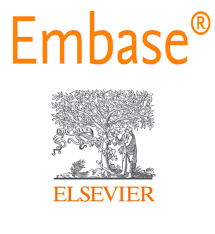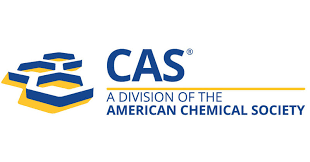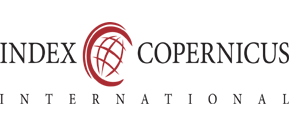Antimicrobial activity of Azadirachtaindica (neem) leaf extract on common human pathogens in tertiary care hospital
Keywords:
AST, MIC, MHA, AzadirachtaindicaAbstract
Background: Antibiotic resistance is a significant concern and the development of new antimicrobial agents from plants would help to meet the demand with fewer adverse effects. Azadirachtaindica (neem) has played a significant role in therapeutic purposes. This study is focused on the antimicrobial activityofAzadirachtaindica on common human pathogens. Objective of the study:Isolation of common pathogens such as E. coli, Klebsiella pneumonia, Acinetobacterbaumanii, Pseudomonas aeruginosa, Staphylococcus aureus, CONS, Enterococcus spp, Candidaspp from clinical specimens and to detect the antimicrobial activity of different antibiotics on common bacterial and fungal pathogenic isolates. This study mainly focuses on the effect of the biomedical extract of Azadirachtaindica leaves on these isolates. Methodology: This cross-sectional study was done for three months. Isolates were obtained from various clinical samples and were processed using standard guidelines. Antimicrobial susceptibility testing was done by Kirby Bauer disc diffusion methods. Neem incorporated MHA agar dilution method, Neem incorporated broth dilution method and Neem incorporated AST comparison was performed. Result: Among 116 clinical isolates highly resistant gram-positive, and gram-negative bacteria and among fungal isolates Candida albicans were included in this study. Staphylococcus aureus and Candida albicans were sensitive to agar dilution. Neem-incorporated AST for Staphylococcus aureusshowedan increased zone of inhibition to Ciprofloxacin, Ofloxacin, and Cefoxitin. Conclusion: The antimicrobial activity of aqueous leaf extract using agar dilution was found to be effective on S. aureus and Candida spp. Neem powder (20% and 50%) incorporated MHA exhibits an increased sensitivity pattern in S. aureus compared to MHA without neem. Aqueous leaf extract exhibited higher antimicrobial activity against S. aureus and can henceforth be used in treatment against staphylococcal infections.
.png)









